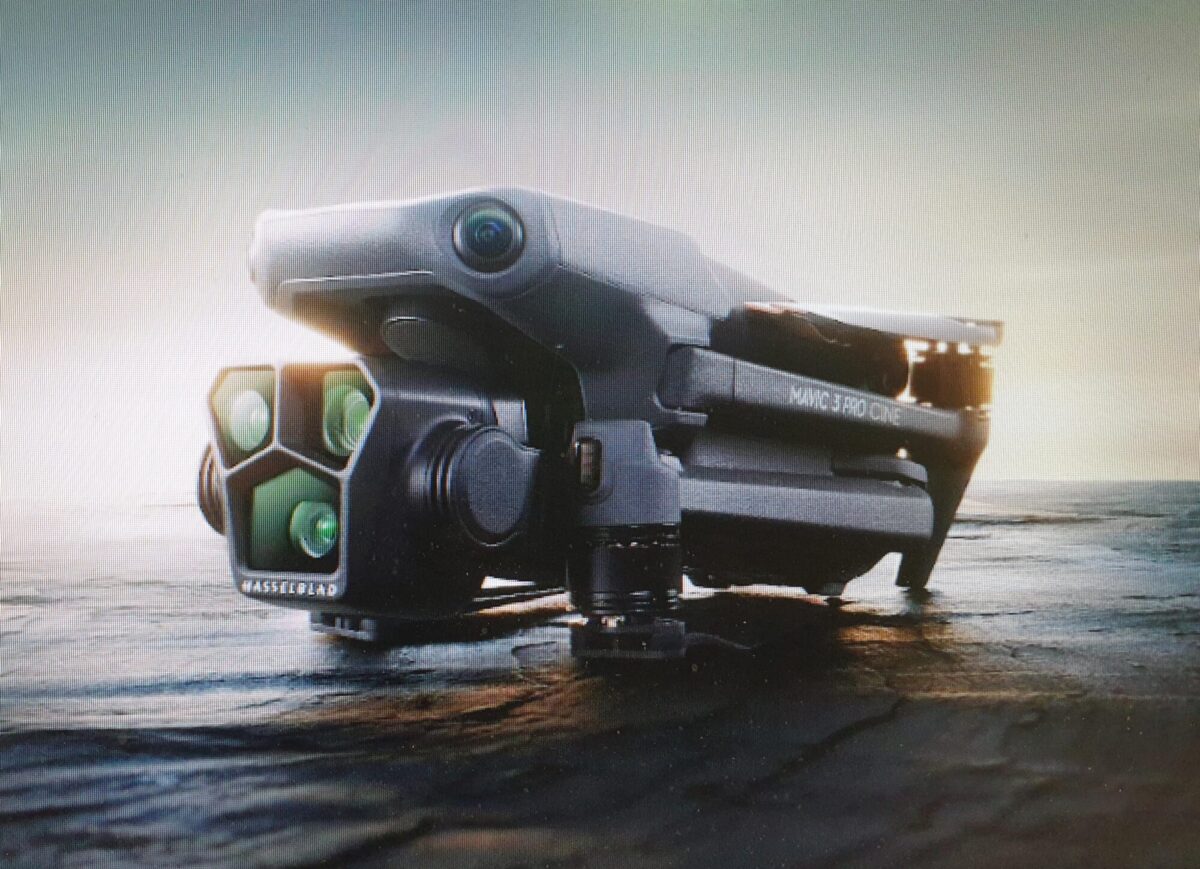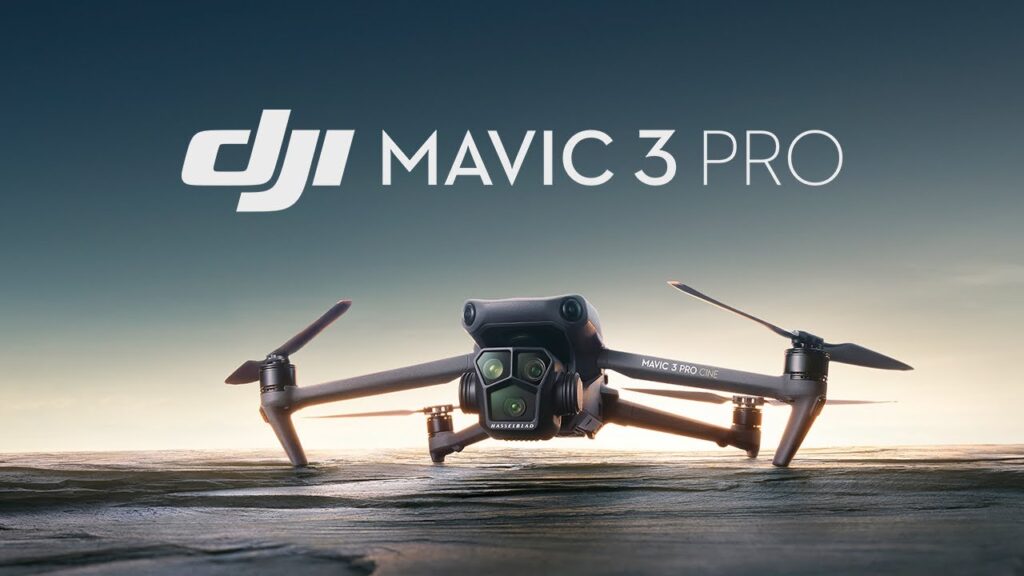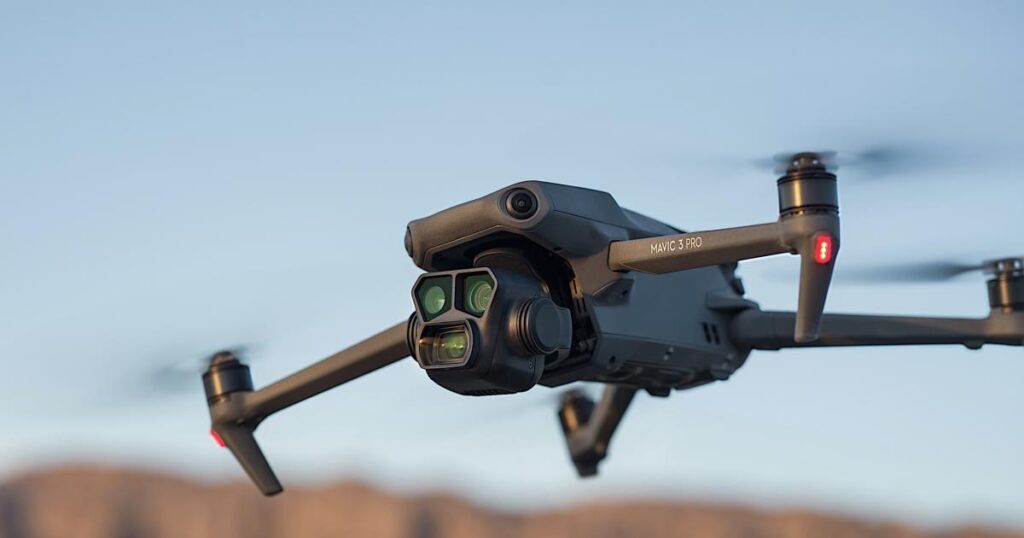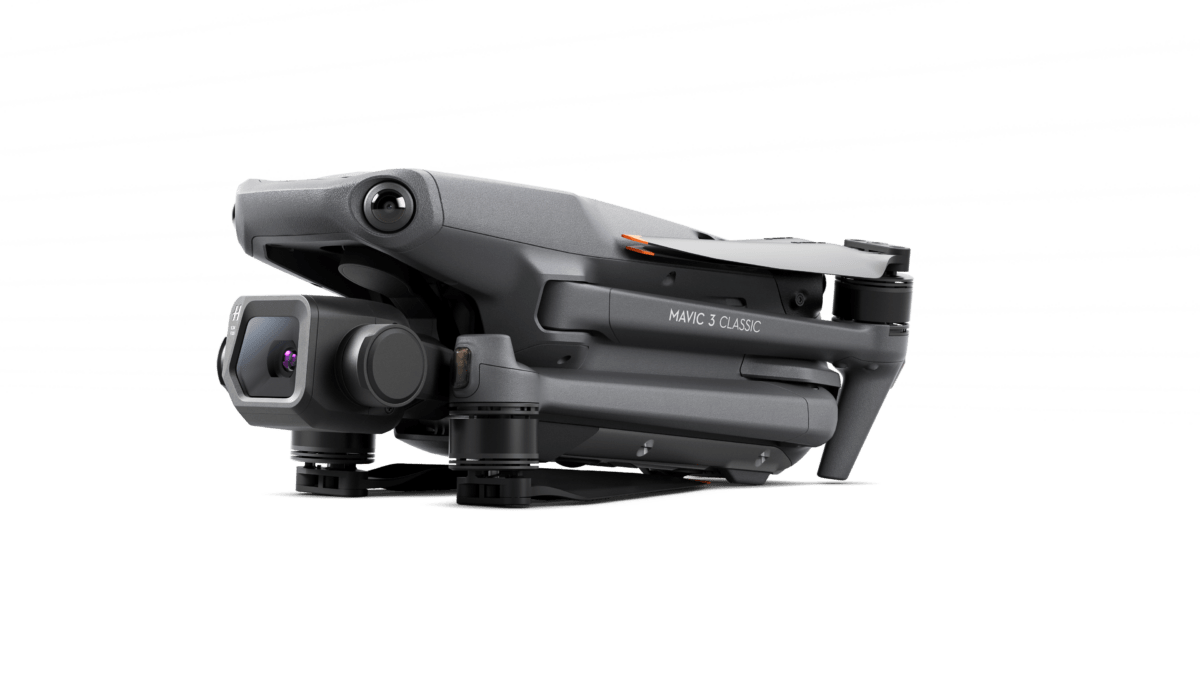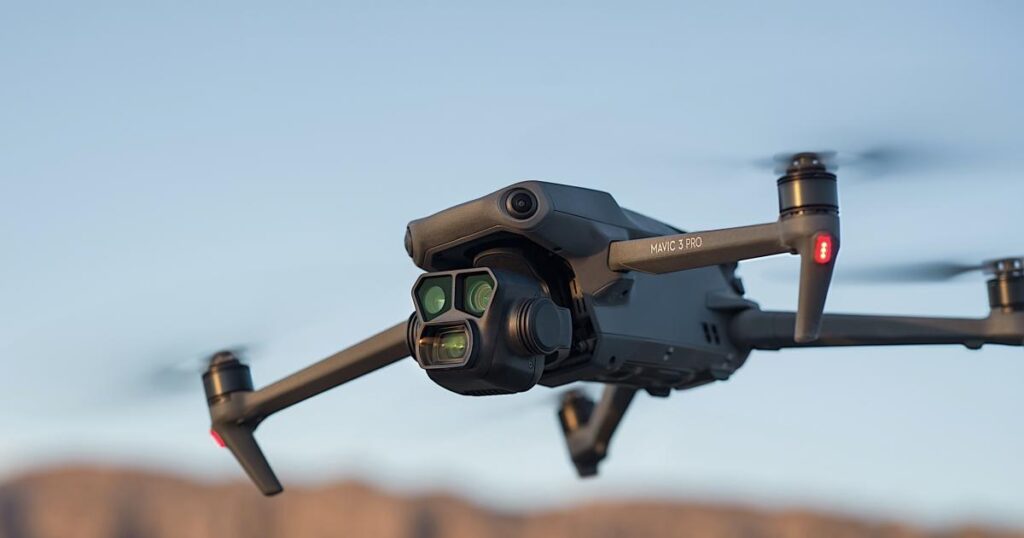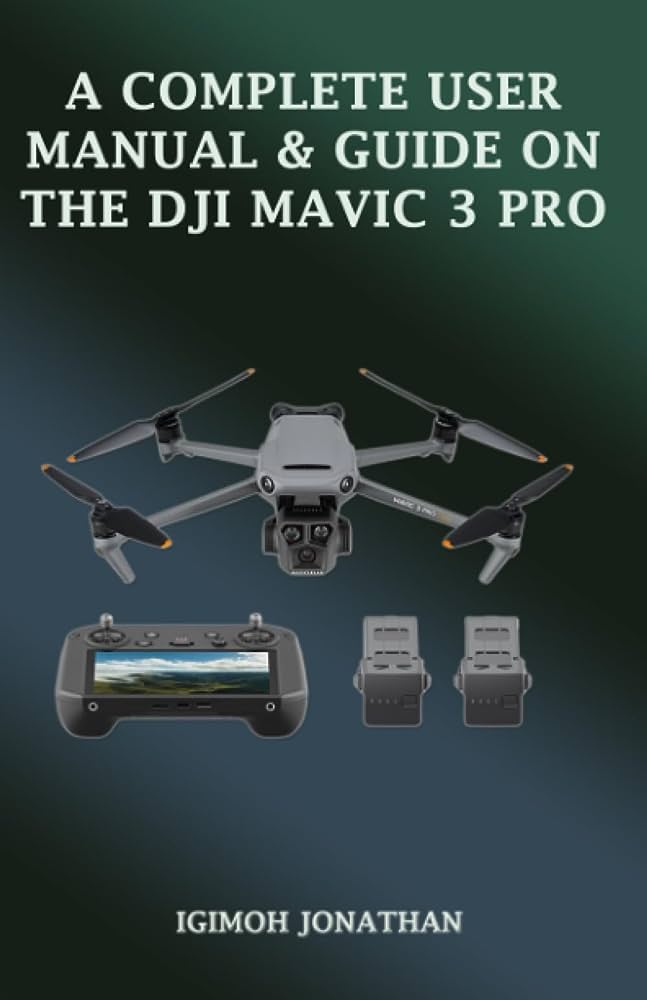Say hello to the game-changer in aerial photography – the DJI Air 2S. This compact and powerful drone is equipped with a remarkable 1-inch CMOS sensor, enabling you to capture stunning 20-megapixel photos and record crystal-clear 5.4K video. With an upgraded intelligent flight system, improved obstacle avoidance, and a maximum flight time of 31 minutes, the DJI Air 2S takes your aerial photography to new heights. Whether you’re a professional photographer or an enthusiastic hobbyist, this drone is about to revolutionize the way you capture the world from above. Get ready to elevate your photography skills with the DJI Air 2S.
Overview
The DJI Air 2S is a cutting-edge drone that combines impressive design and build quality, a powerful camera system, exceptional flight performance, and a range of intelligent features. Whether you’re an aerial photography enthusiast, a professional filmmaker, or simply a drone enthusiast, the DJI Air 2S offers an unparalleled flying experience.
Design and Build
The design and build of the DJI Air 2S are nothing short of outstanding. It features a compact and portable design that makes it easy to carry and transport wherever you go. The drone is crafted with enhanced aerodynamics, allowing it to cut through the air effortlessly, resulting in a smooth and stable flight.
One of the standout features of the DJI Air 2S is its advanced obstacle sensing capability. The drone is equipped with cutting-edge sensors that can detect and avoid obstacles in six directions, ensuring that you can fly with confidence and peace of mind. Additionally, the included controller offers a comfortable and ergonomic grip, ensuring that you can easily control and maneuver the drone with precision.
To enhance your flying experience even further, the DJI Air 2S offers a range of accessories that can be easily attached to the drone. These accessories include ND filters for improved image quality, a charging hub for efficient battery management, and propeller guards for added safety during flights.
Camera System
One of the biggest highlights of the DJI Air 2S is its top-of-the-line camera system. It boasts a 1-inch CMOS sensor, which is larger than the sensors typically found in drones of this size. This larger sensor allows the DJI Air 2S to capture stunningly detailed and vibrant photos with exceptional dynamic range.
With its 20-megapixel resolution, the DJI Air 2S delivers outstanding image quality that is sure to impress. Whether you’re capturing landscapes, portraits, or action shots, the drone’s camera system will ensure that you get professional-quality results every time. Additionally, the camera is capable of recording 5.4K video, allowing you to capture videos with incredible detail and clarity.
The DJI Air 2S also offers a range of advanced shooting modes, including hyperlapse and panorama, which allow you to capture stunning time-lapse footage and wide-angle panoramic images. Additionally, the camera supports HDR video, ensuring that your videos have excellent color reproduction and detail, even in challenging lighting conditions.
To ensure that you have ample storage space for all your photos and videos, the DJI Air 2S comes with 8 GB of internal storage. This allows you to capture and store a large number of files without the need for an external SD card.
Flight Performance
When it comes to flight performance, the DJI Air 2S truly excels. It offers an impressive maximum flight time, allowing you to stay in the air for longer and capture more footage. Additionally, the drone has a maximum transmission distance, ensuring that you can fly it further and explore new areas with confidence.
One of the standout features of the DJI Air 2S is its 6-directional obstacle sensing system. This advanced system uses sensors on the front, back, sides, top, and bottom of the drone to detect and avoid obstacles with incredible precision. Whether you’re flying in a tight space or navigating through a complex environment, the obstacle sensing system will ensure that you can fly safely and confidently.
The DJI Air 2S also features APAS 4.0, an enhanced version of DJI’s Advanced Pilot Assistance System. This intelligent flight mode allows the drone to autonomously navigate around obstacles in its path, ensuring that you can capture smooth and uninterrupted footage even in challenging environments.
To further enhance your flying experience, the DJI Air 2S offers a range of optimized intelligent flight modes. These flight modes, including ActiveTrack 4.0, Spotlight 2.0, POI 3.0, and FocusTrack, allow you to capture professional-quality footage with minimal effort. Whether you’re tracking a moving subject, creating dynamic camera movements, or focusing on a specific point of interest, the intelligent flight modes will ensure that you get the shot you want.
In addition to these intelligent flight modes, the DJI Air 2S also features an advanced pilot assistance system that provides real-time feedback and alerts to help you fly safely and avoid potential hazards. This system includes features such as obstacle detection and avoidance, precise hovering, and automatic return to home.
Intelligent Features
The DJI Air 2S is packed with intelligent features that are designed to enhance your aerial photography and videography experience. One of the standout features is ActiveTrack 4.0, which allows you to effortlessly track and capture the movements of a subject. Whether you’re following a person, a vehicle, or an animal, ActiveTrack 4.0 will ensure that your subject remains in the frame and in focus.
Spotlight 2.0 is another intelligent feature that allows you to create dynamic and cinematic shots. With Spotlight 2.0, you can lock the camera onto a subject while the drone automatically flies in the desired direction, ensuring that you capture stunning footage from different angles.
POI 3.0, or Point of Interest, allows you to select a specific object or location as the center of attention. The drone will then automatically orbit around the selected point, capturing unique and captivating footage from a variety of perspectives.
FocusTrack is a powerful feature that combines multiple intelligent flight modes to help you achieve professional-looking shots effortlessly. With features like ActiveTrack, Spotlight, and POI, FocusTrack allows you to create complex camera movements and capture stunning footage without the need for advanced piloting skills.
SmartPhoto is another intelligent feature that enhances the quality of your photos. By analyzing the scene and optimizing the camera settings, SmartPhoto ensures that you capture the best possible image quality in any lighting condition.
Lastly, the DJI Air 2S offers a range of QuickShots, which are pre-programmed flight modes that allow you to capture impressive shots with just a few taps. These QuickShots include Dronie, Circle, Helix, and Rocket, each offering a unique and creative way to capture footage.
1-inch CMOS Sensor
The 1-inch CMOS sensor of the DJI Air 2S is one of its most impressive features, offering enhanced image quality and performance. The larger sensor size allows for more light to be captured, resulting in sharper and more detailed photos and videos.
The improved low-light performance of the 1-inch CMOS sensor is particularly noteworthy. It enables the DJI Air 2S to capture clear and vibrant images even in challenging lighting conditions. Whether you’re shooting at dusk, in low-light environments, or during sunrise or sunset, the DJI Air 2S will deliver outstanding results.
The 1-inch CMOS sensor also provides a wide dynamic range, allowing for excellent contrast and detail in both the highlights and shadows of your photos and videos. This means that you can capture scenes with a high degree of contrast, such as a brightly lit landscape against a dark sky, with exceptional detail and clarity.
Additionally, the 1-inch CMOS sensor enables the DJI Air 2S to capture high-speed performance. It allows for fast and accurate image processing, ensuring that you can capture fast-moving subjects without any motion blur. Whether you’re capturing action sports or wildlife in flight, the DJI Air 2S will ensure that you get sharp and detailed shots every time.

5.4K Video Capture
The DJI Air 2S is capable of capturing stunning 5.4K video, providing you with incredibly detailed and crisp footage. This high-resolution video quality allows for breathtaking visuals, ensuring that every scene is captured with exceptional clarity.
The 5.4K video capture also provides a wide dynamic range, allowing for excellent contrast and detail in your videos. This means that you can capture scenes with a high degree of contrast, such as a brightly lit landscape against a dark sky, with exceptional detail and color reproduction.
In addition to the high resolution and dynamic range, the DJI Air 2S offers a range of intelligent features that enhance the video capture experience. The FocusTrack feature, for example, allows you to automatically track and focus on a subject, ensuring that it remains in sharp focus throughout the video.
The hyperlapse and panorama modes of the DJI Air 2S are also worth mentioning. The hyperlapse mode allows you to capture stunning time-lapse footage, where the drone automatically moves and captures frames over a specified period of time. The panorama mode, on the other hand, allows you to capture wide-angle images of expansive landscapes or cityscapes, resulting in truly breathtaking visuals.
MasterShots
One of the standout features of the DJI Air 2S is its MasterShots feature. This automated flight mode allows you to capture professional-looking footage with minimal effort. MasterShots uses advanced algorithms to analyze the scene and automatically execute a series of pre-programmed flight patterns to capture dynamic and creative shots.
With MasterShots, you simply select a subject and the drone will do the rest. It will automatically fly and capture footage from a variety of angles and perspectives, ensuring that you get a range of shots that would typically require advanced piloting skills and multiple takes.
MasterShots also offers customizable templates, allowing you to tailor the shots to your specific needs. Whether you’re looking to capture cinematic landscapes, dynamic action shots, or creative camera movements, MasterShots has you covered.
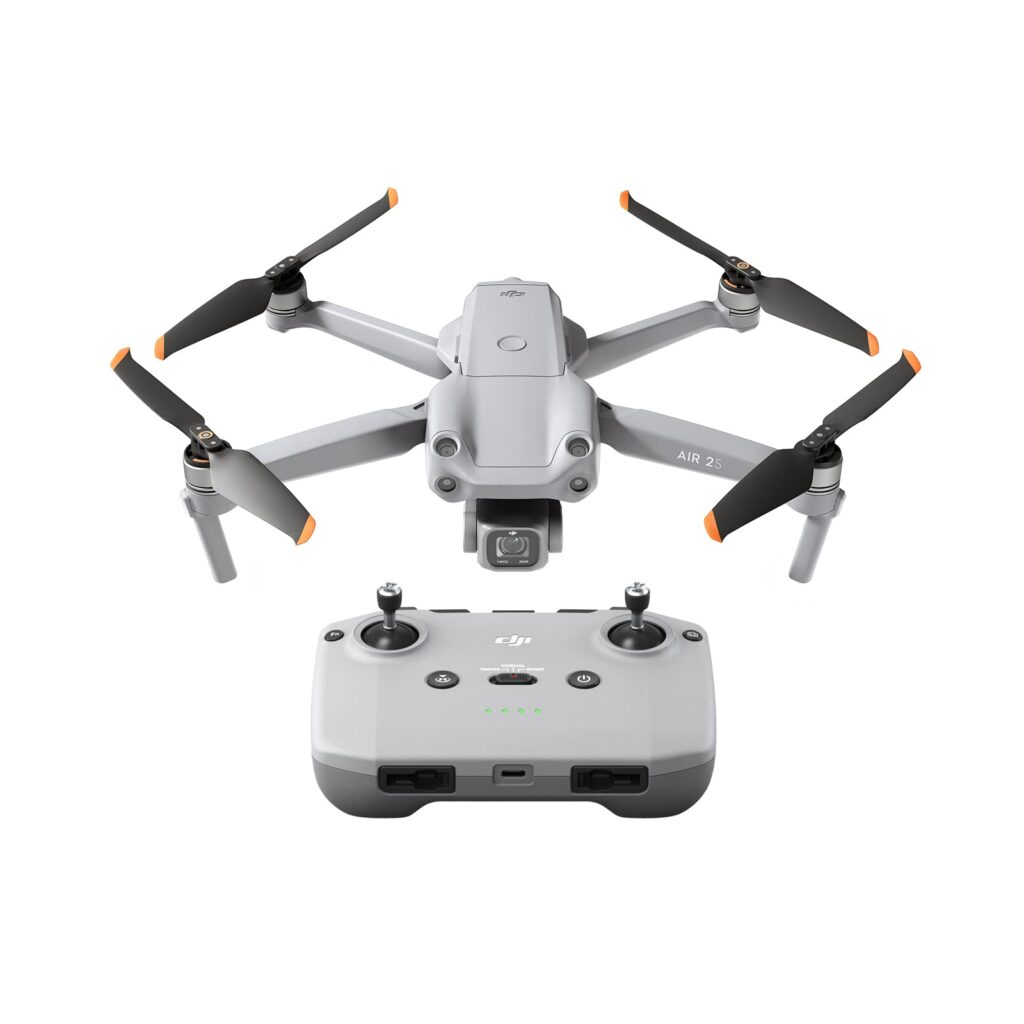
O3 Image Transmission
The DJI Air 2S features the O3 (OcuSync 3.0) image transmission system, which provides a reliable and low-latency connection between the drone and the remote controller. With O3, you can enjoy a stable and clear video feed, even when flying in areas with a high level of interference.
The O3 image transmission system also offers an impressive maximum transmission distance, allowing you to fly the DJI Air 2S further and explore new areas. Whether you’re capturing footage in remote locations or flying in urban environments, the O3 image transmission system will ensure that you stay connected and have a seamless flying experience.
DJI Fly App
The DJI Air 2S is accompanied by the DJI Fly app, which is designed to provide an intuitive and user-friendly flying experience. The app allows you to easily control the drone, access advanced camera settings, and review and edit your photos and videos.
One of the standout features of the DJI Fly app is its powerful editing functions. With a range of professional-grade editing tools, you can enhance and transform your photos and videos right from your mobile device. Whether you’re adjusting the exposure, adding filters, or applying creative effects, the DJI Fly app allows you to unleash your creativity and create stunning visuals.
In addition to its editing functions, the DJI Fly app also offers easy sharing and social features. You can quickly and easily share your photos and videos on social media platforms, allowing you to showcase your work and connect with others who share your passion for aerial photography and videography.
The DJI Fly app also provides detailed flight data and monitoring, allowing you to keep track of important information such as battery life, signal strength, and altitude. This ensures that you can fly the DJI Air 2S with confidence and stay informed about the drone’s performance at all times.

Safety Features
The DJI Air 2S is equipped with a range of safety features that are designed to ensure a safe and worry-free flying experience. The drone’s advanced obstacle sensing system, which includes sensors on the front, back, sides, top, and bottom, allows it to detect and avoid obstacles with remarkable precision.
The APAS 4.0 (Advanced Pilot Assistance System) feature takes obstacle avoidance to the next level. It allows the drone to autonomously navigate around obstacles in its path, ensuring that you can capture smooth and uninterrupted footage even in challenging environments.
To further enhance flight safety, the DJI Air 2S features precise hovering capabilities, allowing it to maintain a stable position in the air even in windy conditions. The drone is also equipped with automatic return to home functionality, which ensures that it will safely return to its takeoff point in the event of a low battery or lost connection.
Additionally, the DJI Air 2S offers geofencing capabilities, which allow you to set customized boundaries to prevent the drone from flying into restricted areas. This ensures that you can fly within the boundaries of local regulations and avoid any potential risks.
In conclusion, the DJI Air 2S is a truly exceptional drone that combines cutting-edge design, a powerful camera system, outstanding flight performance, and intelligent features. Whether you’re a professional filmmaker, an aerial photography enthusiast, or simply a drone enthusiast looking for the best possible flying experience, the DJI Air 2S is a must-have. With its compact and portable design, advanced camera system, exceptional flight performance, and range of intelligent features, the DJI Air 2S sets a new standard for consumer drones.

